We were lucky to catch up with Andrei Stoica recently and have shared our conversation below.
Andrei, thanks for taking the time to share your stories with us today Do you wish you had started sooner?
Photography has been around me all my life in various ways. I was born in Romania while it was still behind the Iron Curtain and travelling outside of its borders was very difficult for many reasons. However, in the early 70s travel restrictions were not as bad as in the years that followed, so my parents managed to take a few trips to Western Europe. They filled up the trunk of their car with cans and jars because they couldn’t afford eating at restaurants, but they did enjoy those trips immensely and brought back thousands of color slide film photographs. Those slides were then shared with friends and family and it was fascinating to watch and listen to the memories these photographs evoked even many years after their trips ended.
My first camera was a simple film camera that I received as a gift from my father when I was a teen. Even though I really liked the photos my parents took, I didn’t find the camera very appealing at the time because the feedback loop was so long: you would shoot the photo today, but results would come back weeks if not months later when the film was developed. The learning curve was too steep for my young self and didn’t pursue it any further.
The new millenia brought digital cameras to the masses and that’s when I really discovered my passion for photography. In the summer of 2000, armed with a new Kodak 5 megapixel camera, I embarked on a three week journey through the national parks of the American West. It was great to discover all those natural wonders, but it was just as great being able to share my best images with friends and family! From that moment on, photography became my passion and took over most of my free time.
Looking back now, I can clearly see my progress over the past 20 years. But despite everything I’ve learned, for better or worse, I never switched to being a full time photographer. Instead, I continued my career in software engineering and kept photography as a hobby and side business. Photographers everywhere found themselves at a crossroads as the transition from film to digital continued over the past two decades. At the same time, making a living from photography became more and more difficult as taking good photos was not enough anymore — marketing yourself is as important as what you’re selling, and that takes a lot of time and effort.
Of course, the question of having started my photography business earlier has nagged me for a long time, but it’s hard to answer. My passion for photography started at about the same time as my new family and a steady job definitely helped to keep things afloat versus chasing projects and clients all the time. Had I started earlier it would certainly have given me an edge, but the honest truth is I don’t know.

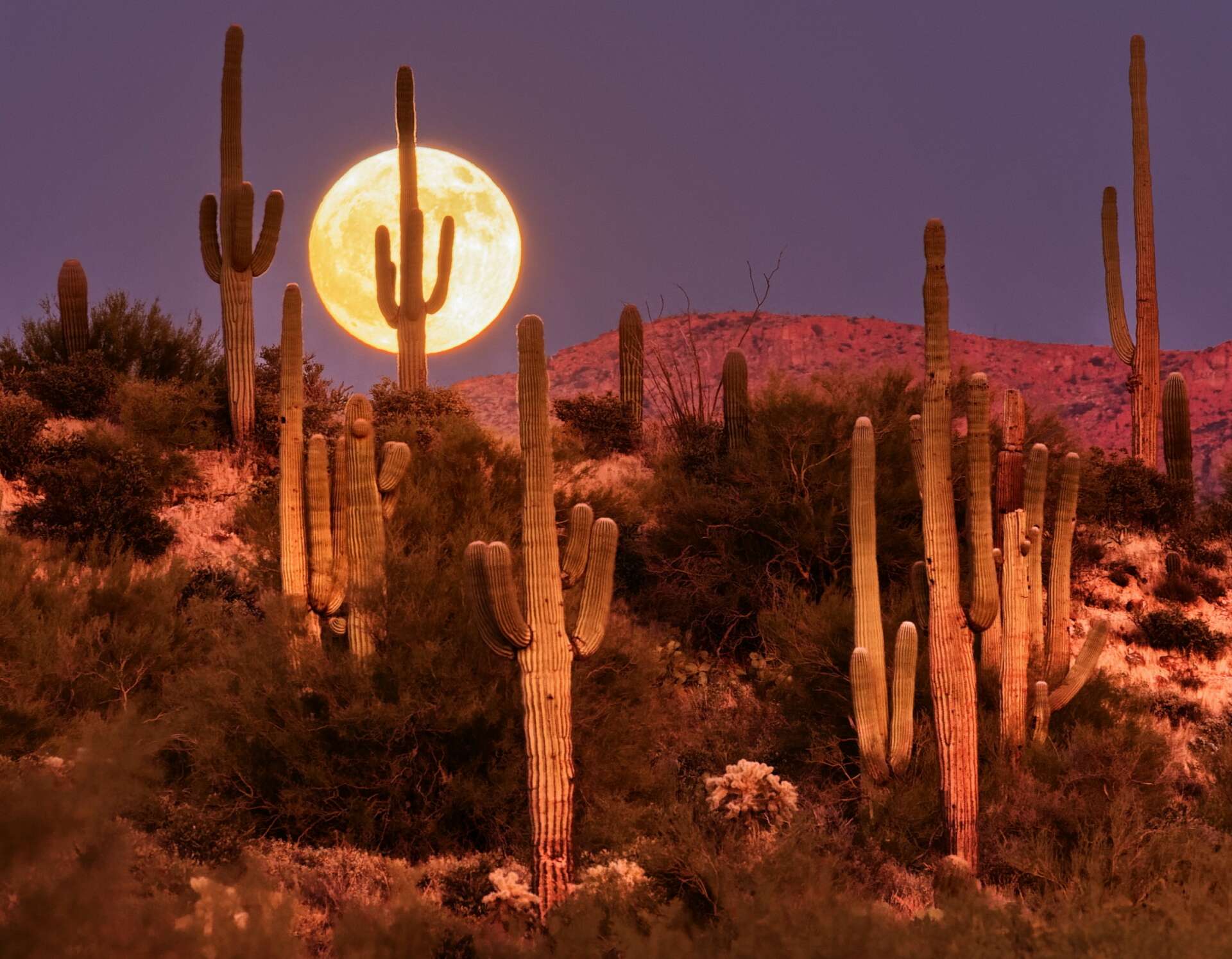

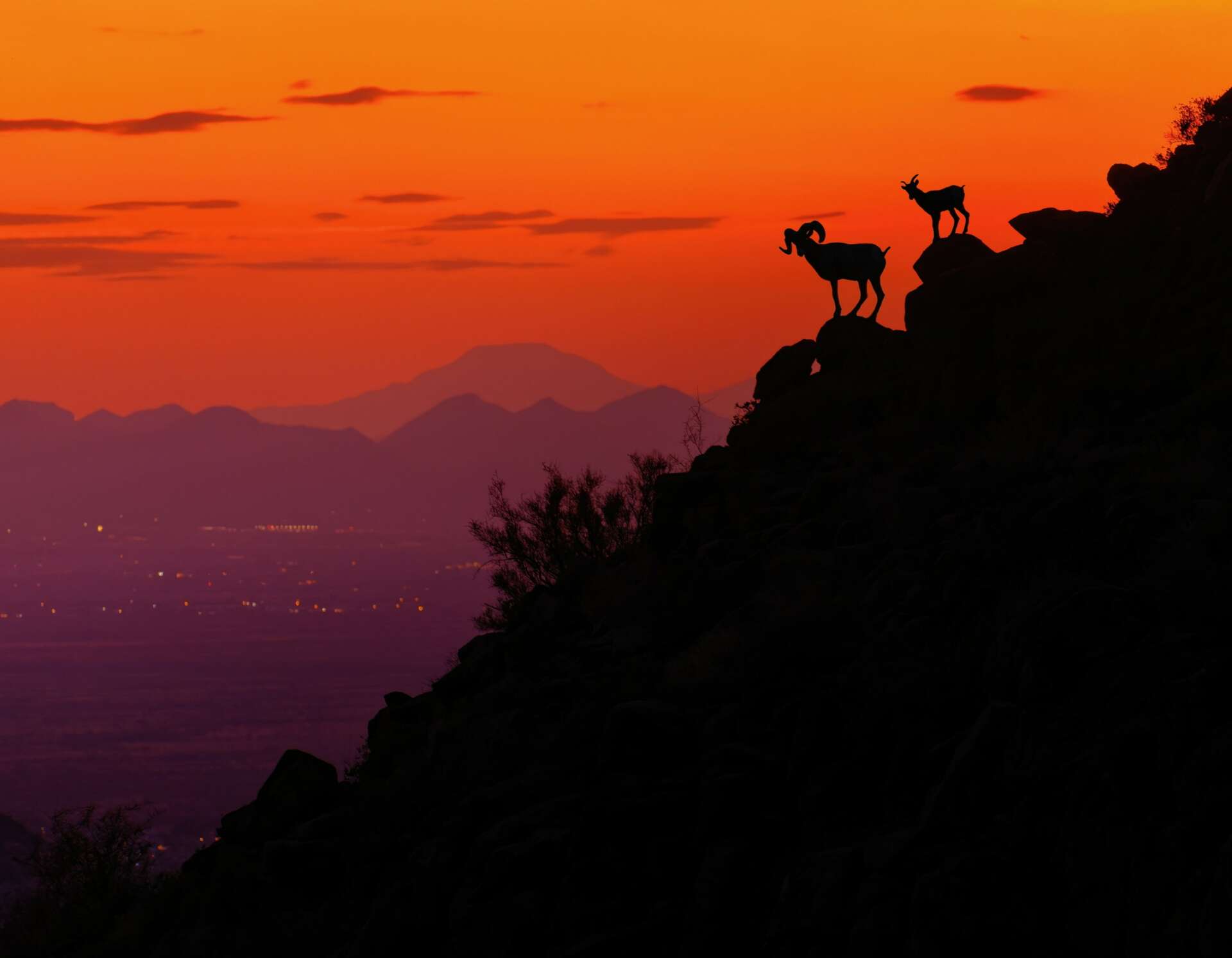
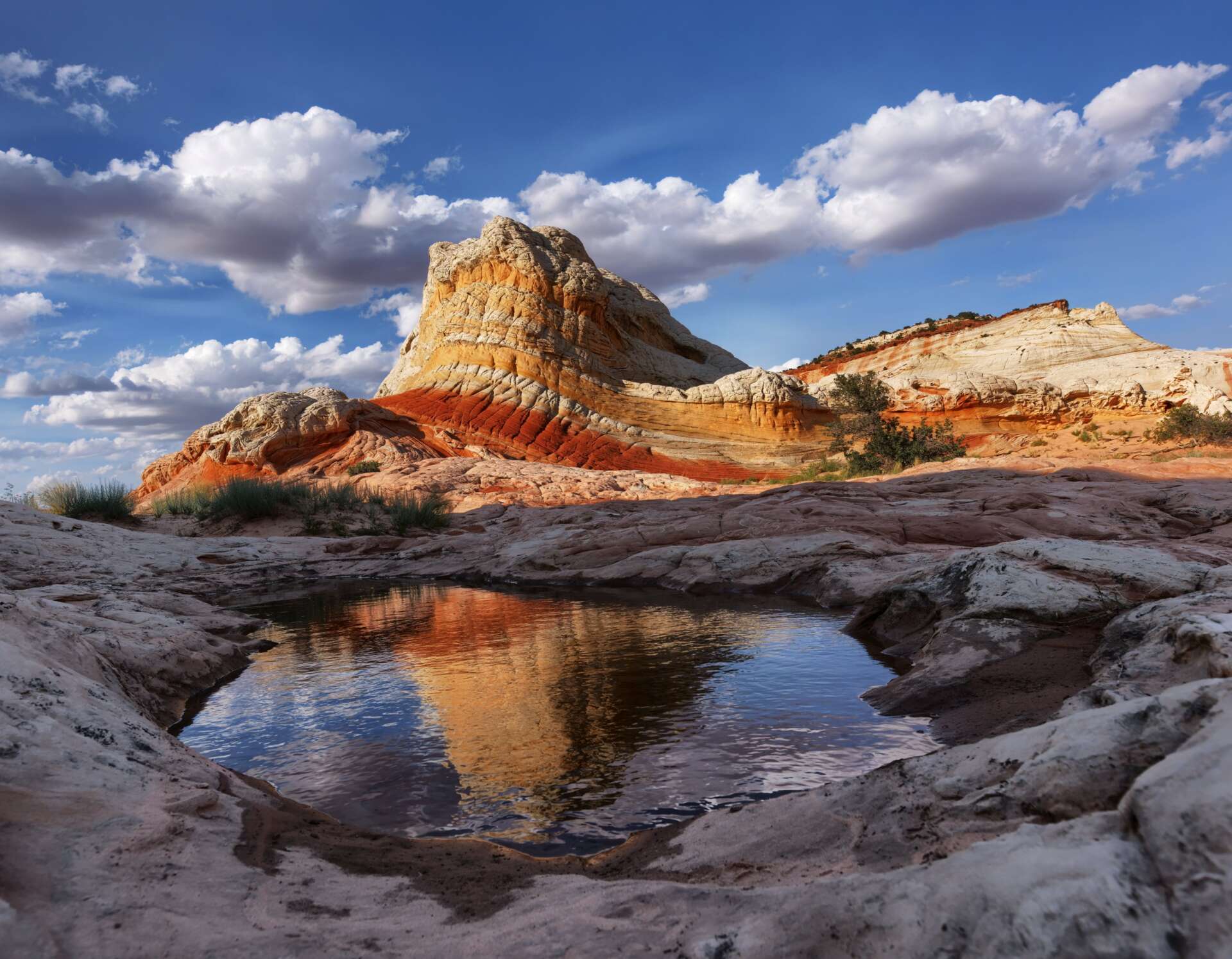
Great, appreciate you sharing that with us. Before we ask you to share more of your insights, can you take a moment to introduce yourself and how you got to where you are today to our readers
I was born in Romania and moved to North America about 25 years ago. I graduated university with a degree in geophysics and started a career in software engineering that I still practice today. However, my passion for photography that started two decades ago has grown more and more in recent years and materialized into a side business named Arizona Photo Adventures, as a landscape photographer and photography tour guide.
One of my most recent offerings is hiking+photography tours in Sedona and Phoenix, two wonderful Arizona locations where the desert has a lot to offer, photographically speaking. During my tours I guide my guests to scenic locations and, depending on their interests, I provide photography tips and/or I take nature portraits of them. I found the combination of hiking and photography extremely rewarding both for me and my guests, as it’s a wonderful way to discover the hidden treasures that lie off the beaten path while taking home memories that will last a lifetime.
While many other pro photographers offer photography workshops and tours, my business is rather unique which is why so many of my clients are pleasantly surprised to discover and enjoy. But the tours are only half of the work: I spend a considerable amount of time perfecting my clients’ photos and the response so far has been outstanding. My tours are available to book on my website at https://arizonaphotoadventures.com or by contacting me on Instagram @arizonaphotoadventures.
For now, my tours are a side gig, but hope that one day they’ll grow into a larger business, expanding from Arizona to other corners of our wonderful Southwest.
What do you find most rewarding about being a creative?
I think the way customers react to my services has to be the most rewarding aspect of what I do. I always want them to be happy with my service and I spend a lot of time in making it happen — there are really no shortcuts to a job well done.
It’s truly wonderful to see that your work is understood and perceived as valuable by someone else! My nature portraits are not just reflecting someone’s frozen moment in time, but that scenic location behind them will always take my clients back to a wonderful trip and will stay with them for a lifetime.
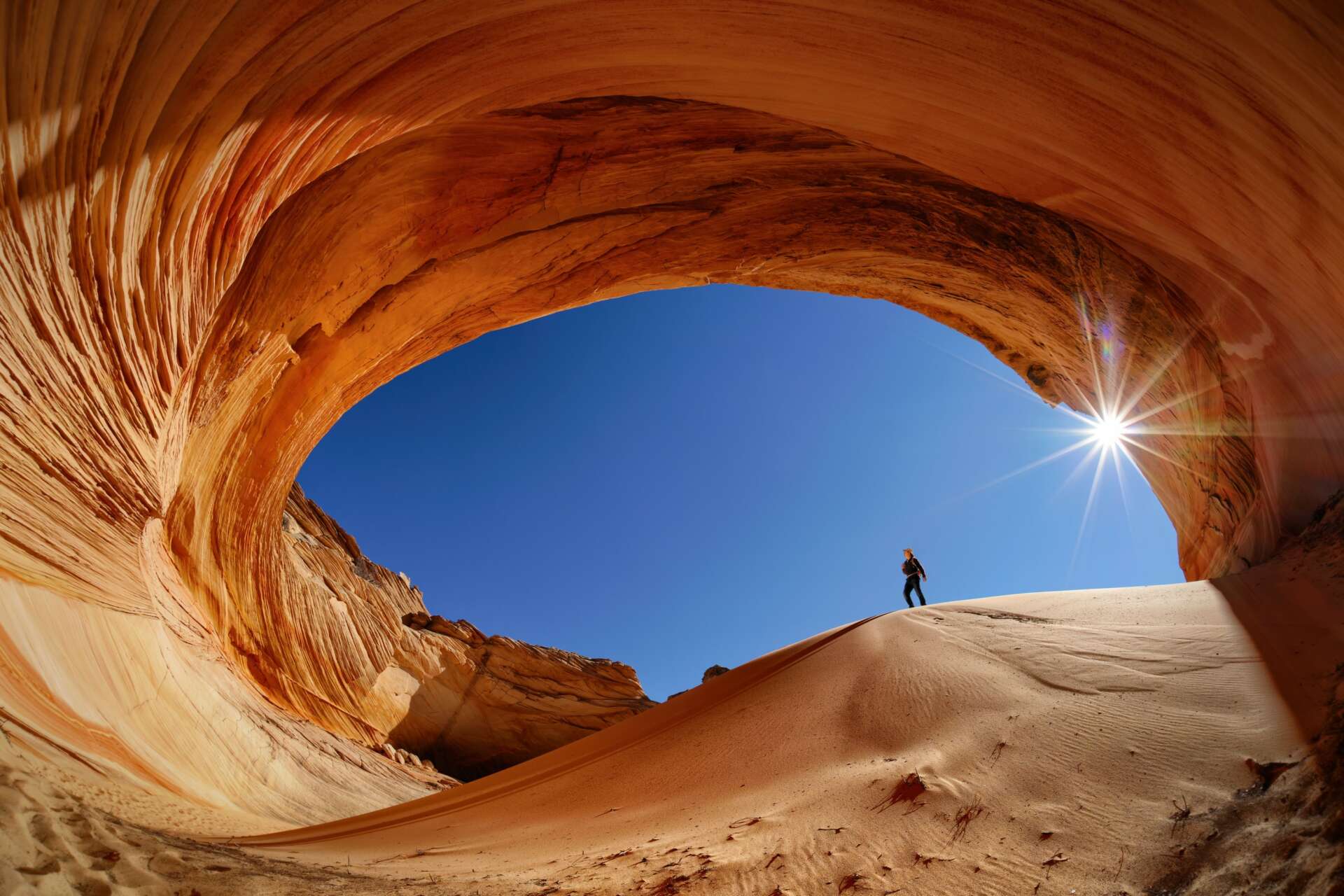


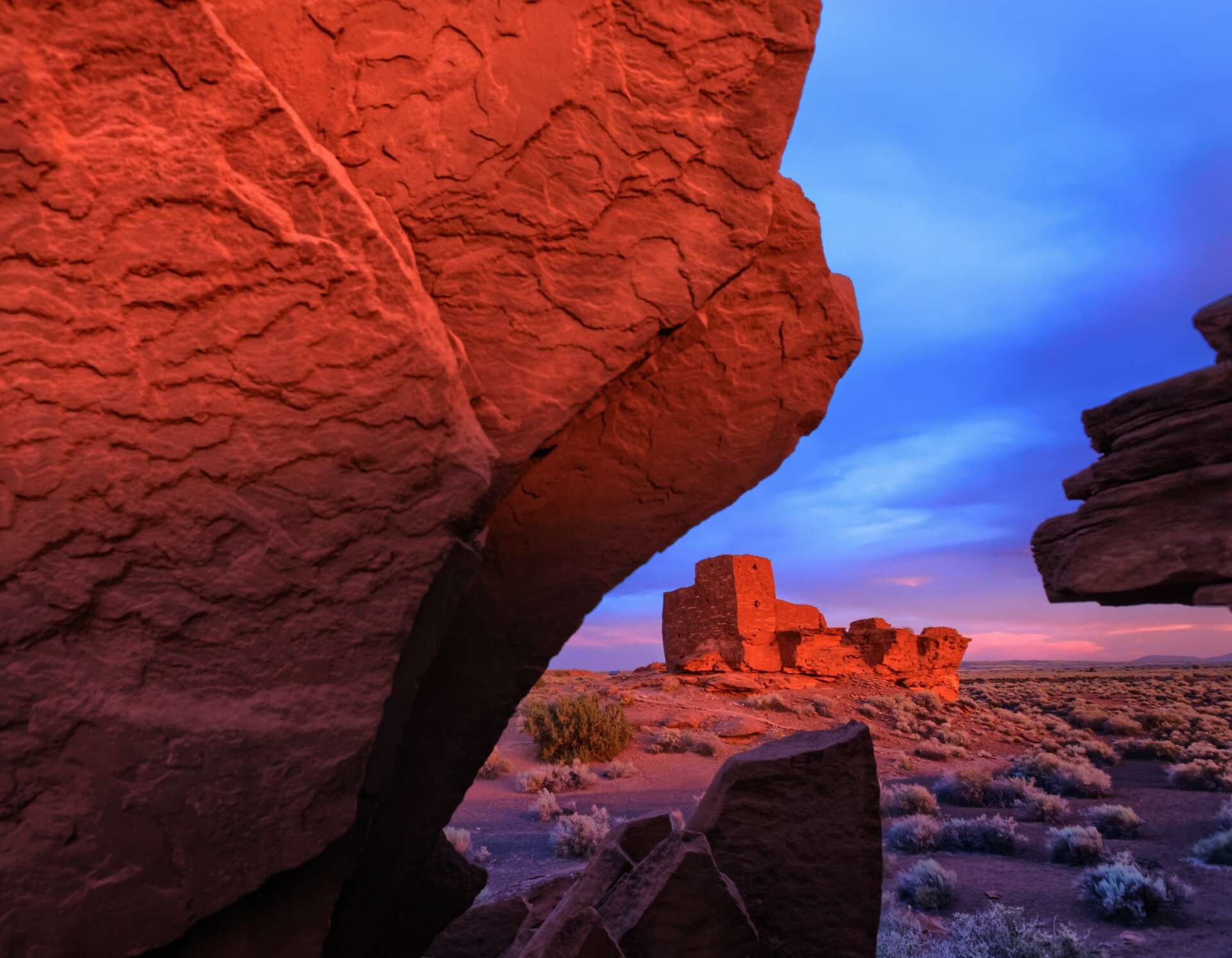
Can you share your view on NFTs? (Note: this is for education/entertainment purposes only, readers should not construe this as advice)
NFTs are one of those things that don’t quite make sense to me at the moment — the value of an NFT is all in the eye of those buying them.
Just think of any artist who ever lived: they achieve stardom because people like them for whatever reason, not because there’s a measurable, objective parameter that can determine that. For every star artist out there you can find many others who create equally good work but never rise to that level of stardom. Why? For many reasons, including marketing, charisma and luck (being in the right place at the right time, etc.). The way artists are valued is all in the eye of the public.
I can understand why a famous painting or a manuscript of a novel can be valued very high: they are truly unique and cannot be duplicated. You can of course make an almost perfect copy of Mona Lisa, but upon close inspection it will reveal itself as a copy and nothing else.
However, an NFT is unique only by convention and adds nothing to the art being sold. The original art the artist created is identical to the NFT so the uniqueness of that art is not really there.
Most of the NFTs sold so far come from famous artists who were already famous before NFTs were invented and only very few newcomers are able to sell anything of value. But hey, I’d be happy to sell some NFTs; if people want to spend money on them, I’m happy to take it.
Contact Info:
- Website: https://www.arizonaphotoadventures.com/
- Instagram: https://www.instagram.com/arizonaphotoadventures/
- Facebook: https://www.facebook.com/arizonaphotoadventures
- Linkedin: https://www.linkedin.com/in/andrei-stoica-8612a81/
Image Credits
Andrei Stoica


